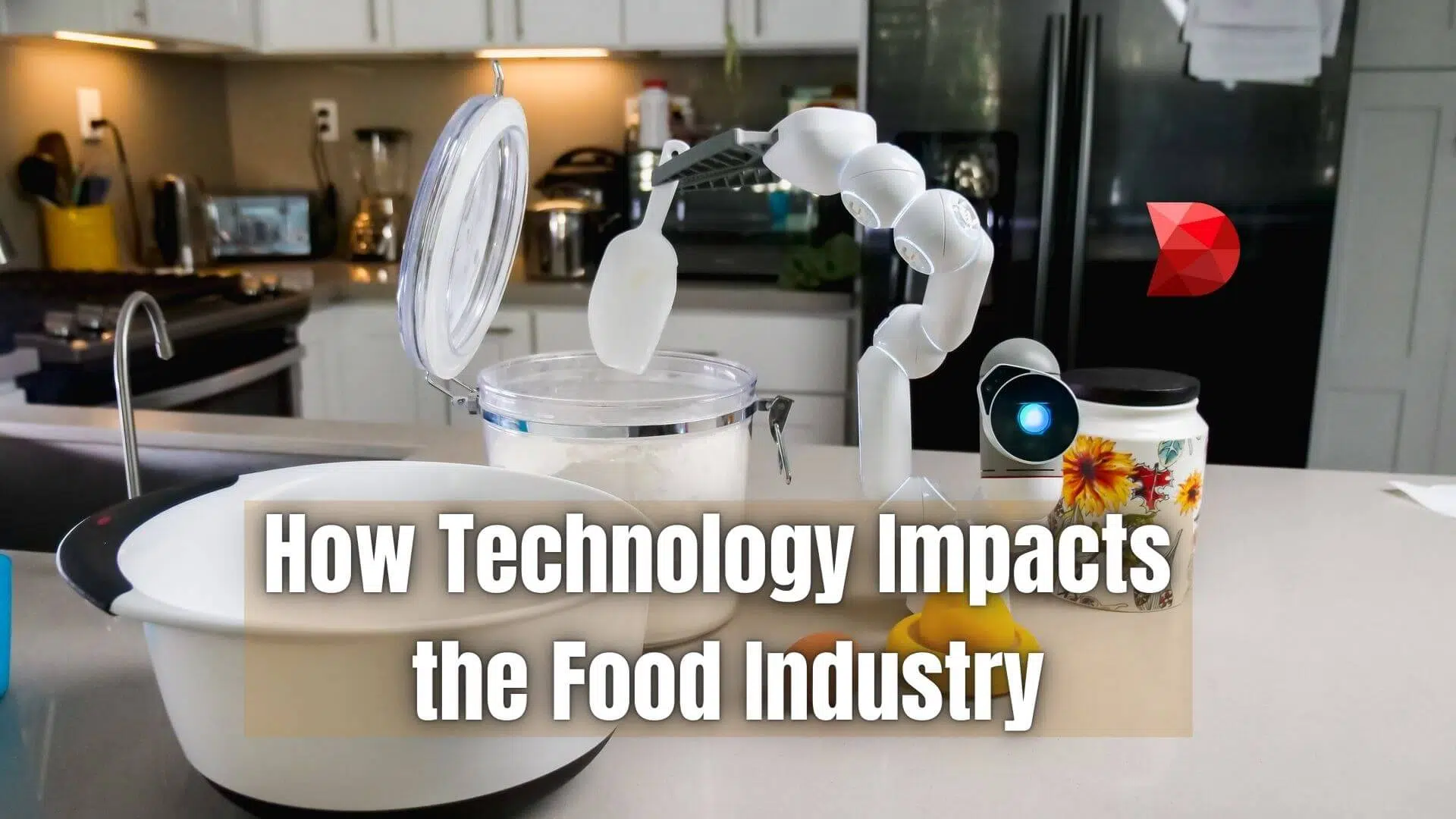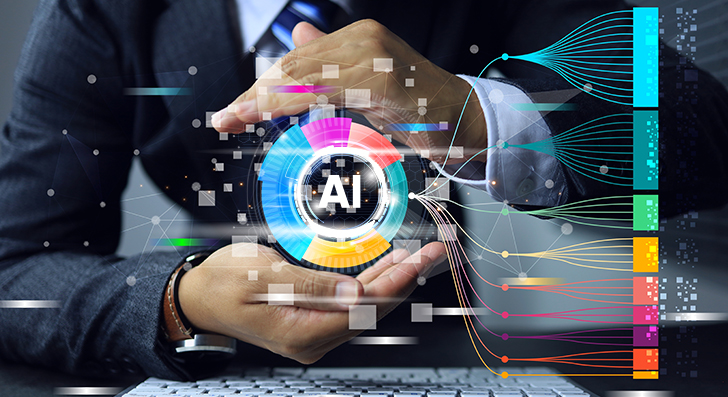In recent years, the food delivery industry has undergone a significant transformation, largely driven by advancements in technology. From mobile apps to sophisticated algorithms, technology has reshaped how consumers order food and how businesses operate. Here, we explore the various ways technology has impacted food delivery services.
1. Mobile Apps Revolutionizing Ordering
The rise of smartphones has led to the development of user-friendly mobile applications that make ordering food easier than ever. Customers can browse menus, read reviews, and place orders with just a few taps. Popular apps like Uber Eats, DoorDash, and Grubhub have streamlined the process, allowing users to track their orders in real-time and even customize their meals.

These apps often feature user-friendly interfaces, making it easy for customers to navigate through vast menu options. Features such as saved favorites, dietary filters, and loyalty rewards enhance the overall user experience, encouraging repeat orders.
2. Advanced Logistics and Route Optimization
Technology has also improved the logistics of food delivery. Companies now use sophisticated algorithms to optimize delivery routes, ensuring that food arrives as quickly and efficiently as possible. This not only enhances customer satisfaction but also reduces operational costs for delivery services.

Real-Time Tracking
With GPS technology, customers can track their orders in real-time, receiving updates on estimated delivery times. This transparency builds trust and allows customers to plan their meals better.
3. Data Analytics for Personalized Experiences
Data analytics plays a crucial role in understanding consumer preferences. By analyzing ordering patterns and customer feedback, food delivery services can tailor their offerings to meet the specific needs of their clientele. Personalized recommendations and targeted promotions enhance the customer experience, driving loyalty and repeat business.

Behavioral Insights
Using data, companies can identify trends, such as peak ordering times or popular dishes, enabling them to adjust their strategies accordingly. This insight helps in inventory management and marketing efforts.
4. Contactless Delivery and Safety Measures
The COVID-19 pandemic accelerated the adoption of contactless delivery options. Technology enabled businesses to implement safety measures such as no-contact drop-offs, allowing customers to receive their food without direct interaction. This shift has become a standard expectation, prioritizing health and safety in the food delivery experience.
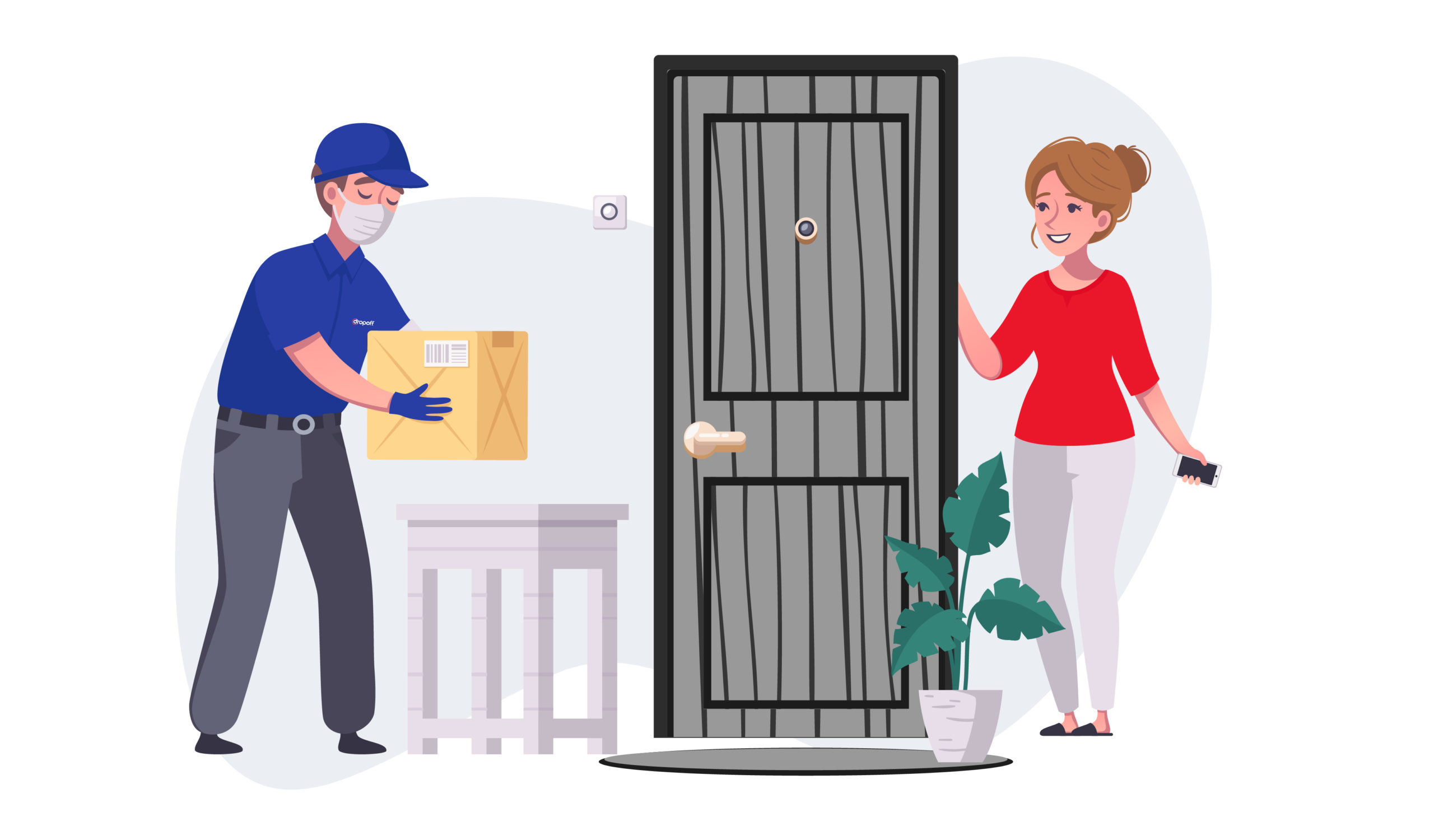
Enhanced Safety Protocols
Delivery services have also adopted strict hygiene protocols, using technology to ensure compliance. Features like delivery instructions allow customers to specify how they want their orders delivered, further enhancing safety.
5. Integration of AI and Chatbots
Artificial intelligence (AI) and chatbots are increasingly being used to improve customer service. These technologies can handle inquiries, take orders, and provide real-time updates, reducing the need for human intervention. This not only speeds up the process but also allows businesses to operate more efficiently.

24/7 Customer Support
Chatbots provide round-the-clock support, answering frequently asked questions and assisting with order modifications. This ensures that customers receive assistance whenever they need it, improving overall satisfaction.
6. The Rise of Ghost Kitchens
Ghost kitchens, or virtual kitchens, have emerged as a response to the growing demand for food delivery. These kitchens operate without a physical storefront, focusing solely on fulfilling online orders. Technology enables these kitchens to manage multiple brands and menus from a single location, maximizing efficiency and reducing overhead costs.
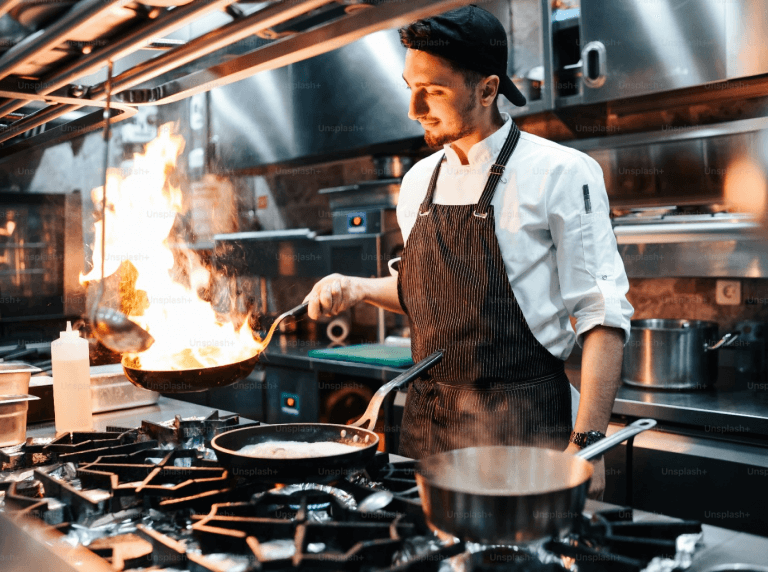
Cost-Effective Solutions
Ghost kitchens allow entrepreneurs to enter the food delivery market with lower startup costs, as they eliminate the need for a traditional restaurant setup. This model has led to a surge in food variety available for delivery, catering to diverse tastes.
7. Sustainability Through Technology
As consumers become more environmentally conscious, technology is helping food delivery services adopt sustainable practices. From eco-friendly packaging to optimizing delivery routes to reduce emissions, technology is paving the way for greener operations. Some companies even offer carbon offset programs, allowing customers to contribute to sustainability efforts.
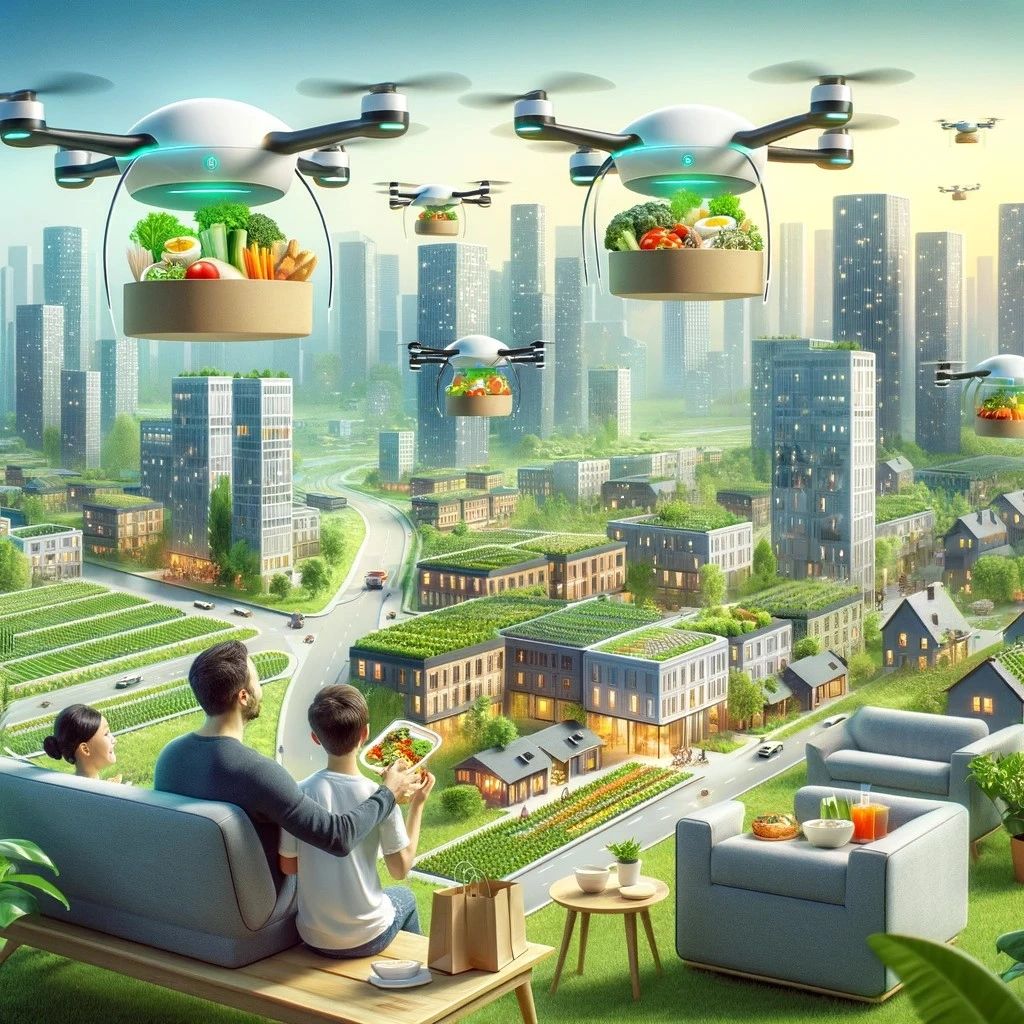
Innovative Packaging Solutions
Many delivery services are now using biodegradable or recyclable packaging, reducing waste and appealing to eco-conscious consumers. This shift not only enhances brand reputation but also aligns with global sustainability goals.
8. Integration with Smart Home Devices
The advent of smart home technology has further integrated food delivery into daily life. Devices like Amazon Echo or Google Home allow users to order food through voice commands, making the process even more convenient.

Seamless Ordering Experience
This integration provides a hands-free ordering experience, ideal for multitasking individuals. Users can easily reorder their favorite meals or explore new options without needing to reach for their phones.
9. Blockchain for Transparency and Security
Blockchain technology is beginning to play a role in food delivery by enhancing transparency and security. It allows for secure transactions and can track the origin of food items, ensuring quality and safety.

Building Trust with Consumers
By providing information about the sourcing and handling of food, companies can build trust with consumers who are increasingly concerned about food safety and ethical sourcing.
Conclusion
The impact of technology on food delivery services is profound and multifaceted. As the industry continues to evolve, embracing new technologies will be essential for businesses looking to stay competitive. For consumers, these advancements promise a more convenient, personalized, and efficient dining experience. As we look to the future, it’s clear that technology will remain at the forefront of the food delivery revolution, shaping how we enjoy our meals in the years to come.
Are you interested to know Blockchain Technology in Food Delivery: Ensuring Transparency and Trust
Read here : Blockchain Technology in Food Delivery: Ensuring Transparency and Trust
For more information contact : support@mindnotix.in
Mindnotix Software Development Company


 AI-Taxi App
AI-Taxi App AI-Food App
AI-Food App AI-Property Mgmt App
AI-Property Mgmt App AI-CRM
AI-CRM AI-Fantasy App
AI-Fantasy App
 Web Development
Web Development App Development
App Development Business & Startup
Business & Startup Hire Developer
Hire Developer
 Digital Marketing
Digital Marketing Lead-generation
Lead-generation Creative Agency
Creative Agency Branding Agency
Branding Agency Augmented Reality
Augmented Reality Virtual Reality
Virtual Reality Internet of Things
Internet of Things Artificial Intelligence
Artificial Intelligence Blockchain
Blockchain Chatbot
Chatbot